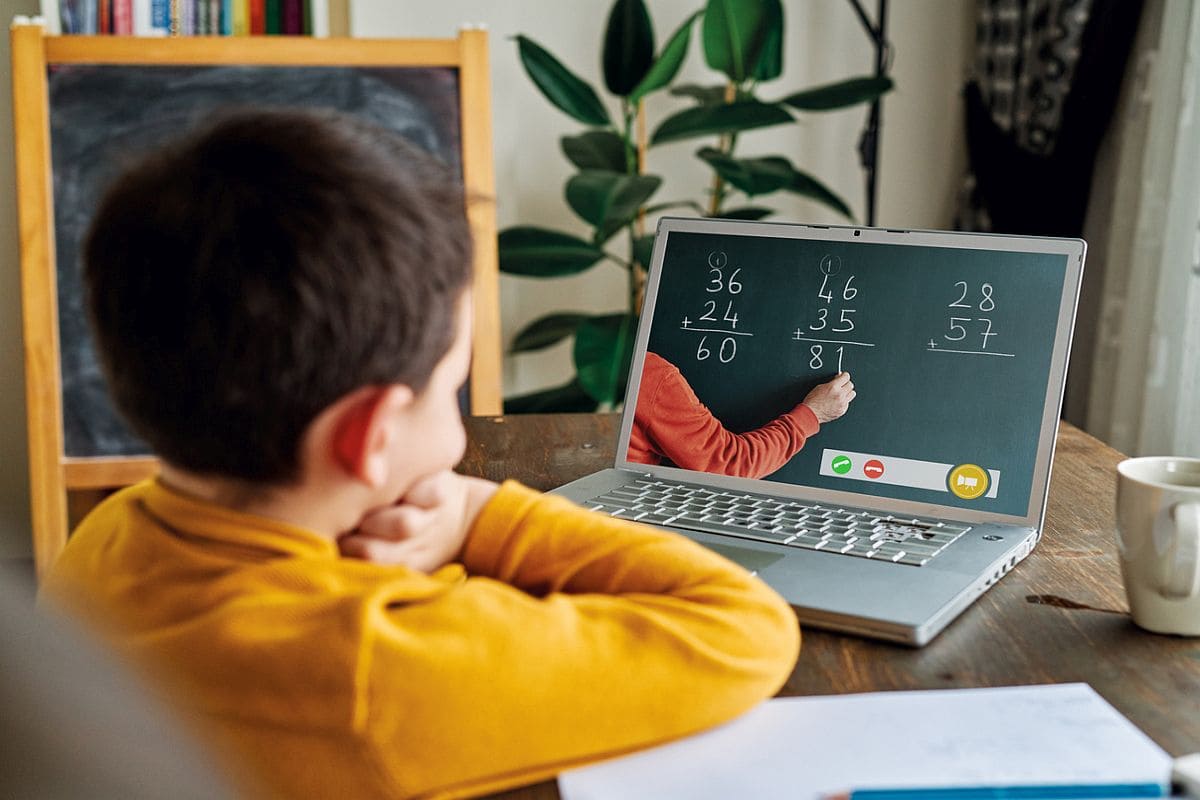School and college education in India witnessed a notable change in the recent Covid-19 pandemic with the mode of education shifting primarily from offline to online due to restrictions on face to face interaction and imposed social distancing. With online learning gaining increasing popularity in the present day, on Teachers’ Day we explore some of the benefits and disadvantages of this mode of learning as compared to a traditional classroom setup.
Benefits of online education
Flexibile and cost-effective
A major advantage of online education is flexibility, where students can appear for classes or lessons from the comfort of their home. This saves the time and cost required to travel daily to school or coaching class. If the student has access to a mobile phone/laptop/tablet and internet connection, then he or she can receive lessons from anywhere.
Online learning also allows the learner to attend the class as per their convenient time. For example, is a student/learner is unavailable at the time of online class, they can access the recorded audio/video version of that class at a later time of the day. Talking about cost-effectiveness, online classes not only save the student’s cost of commuting to the school or college but are also sometimes cheaper in terms of course fees as compared to offline courses. Other costs like purchasing uniforms, extra-curricular activity fees are also saved in online education.
Saves time
if a student does not have to travel to classes daily, this also means, he or she gets to spend more time, which can be used as per the student’s priority. While a student can choose to be at home and spend more time with family, for another student, the priority can be preparing lessons or utilising the time to learn a new skill!
Time management
Online education offers the learner more scope to effectively manage their time and become more disciplined. Students learn how to effectively manage their time by having to schedule their classwork, homework, classes, and other activities. Many parents are of the opinion that online education has made their children more responsible and enhanced their time management skills.
Drawbacks of online education
However, online learning is also not devoid of disadvantages. Following are some of the problems one might face while trying to access lessons online.
Technical issues
A student might face challenges like weak internet connectivity, laptop or mobile phone malfunctioning while attending online classes. This can be a serious problem especially if a student is appearing for exams online. This problem is more felt in semi-urban and rural areas where internet connectivity is not as strong as urban pockets. Moreover, taking lessons online is not possible if a student has lack of access to either of the above.
Isolation
Online class may lead to feelings of isolation in students who are more comfortable in a social setting with fellow classmates and teachers around. This is because a significant part of the traditional classroom ambience is face to face communication and coordination between students and with teachers, which is missing in online learning. The impact of virtual communication is not the same as face to face. With limited peer interaction, online class also does not allow the student to build network and professional relationship with others or make friends with classmates which is normal in an offline classroom.

Increased screen time
Online classes lead to enhanced screen time especially among kids. This is because from accessing study materials, to attending classes, to studying and appearing for exams, everything is done involving the screen. Enhanced screen time can have harmful consequences and also lead to screen addiction.
Sedentary behaviour
Online learning may also lead to sedentary lifestyle among children, which in turn might negatively affect their physical health and mental wellbeing. An example of this can be the lockdown which we all experienced during the Covid- 19 pandemic. After the lockdown a lot of us faced difficulties even to walk a short distance due to months of inactivity and sedentary lifestyle.




